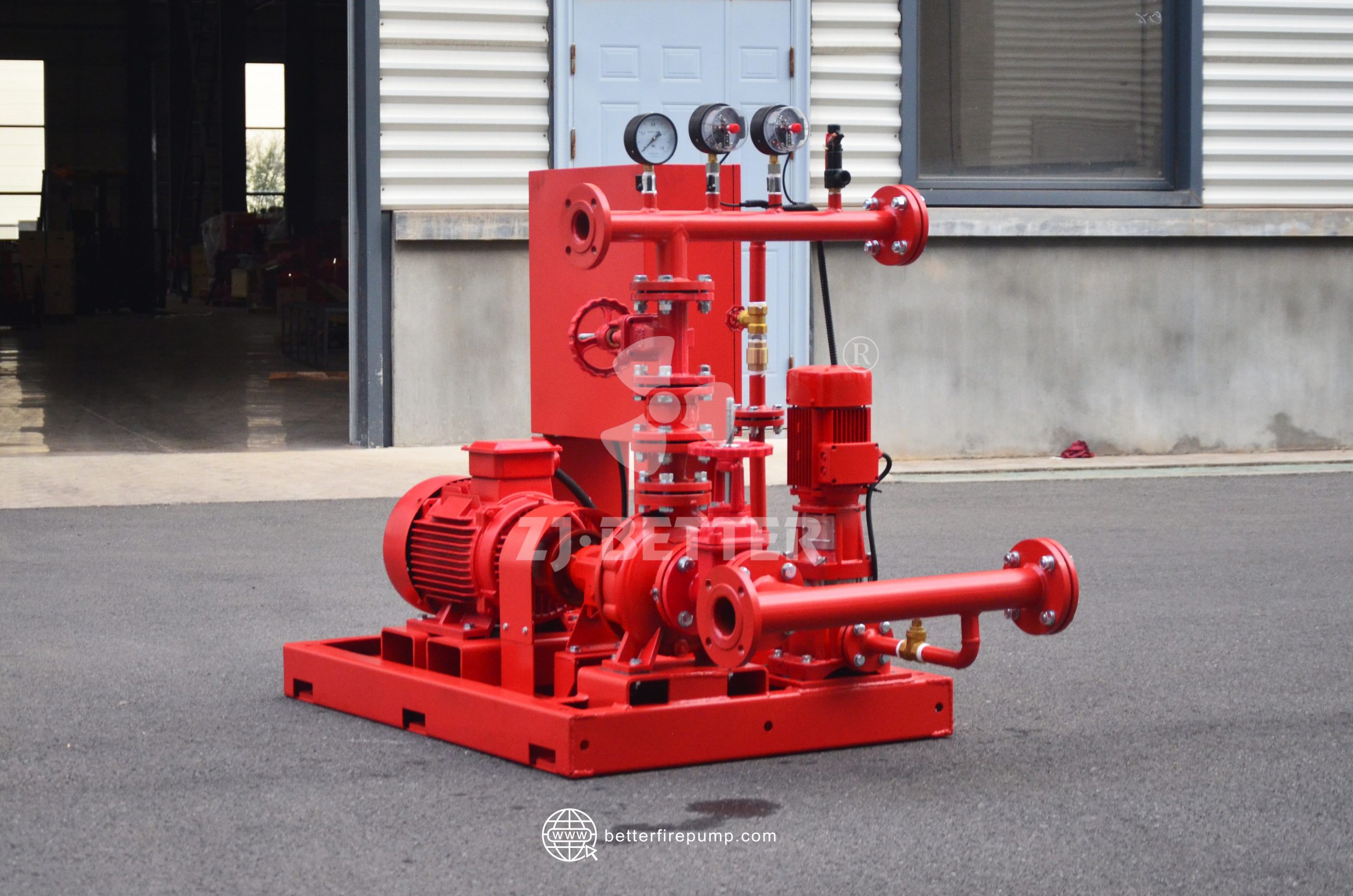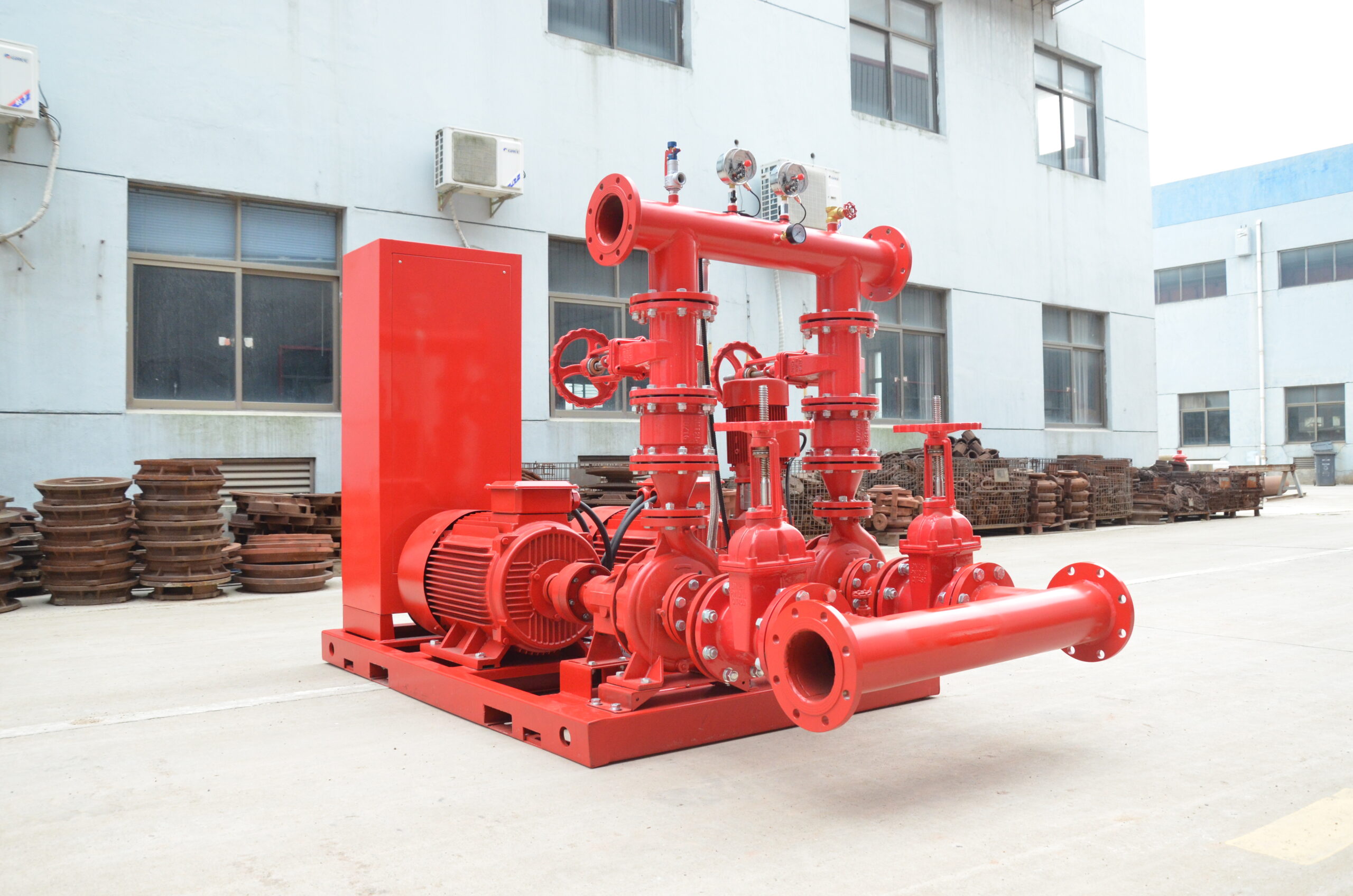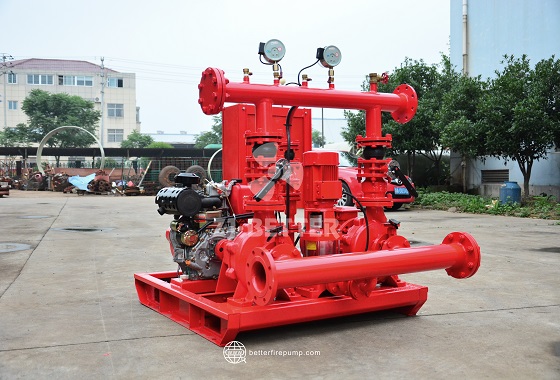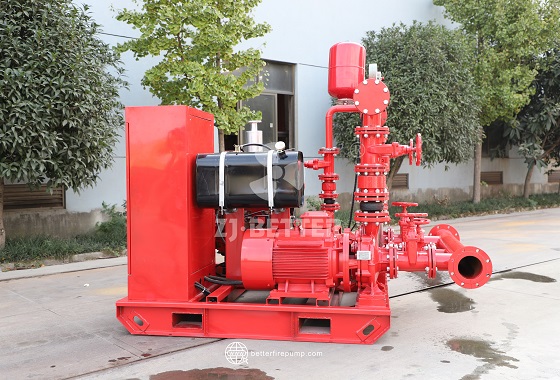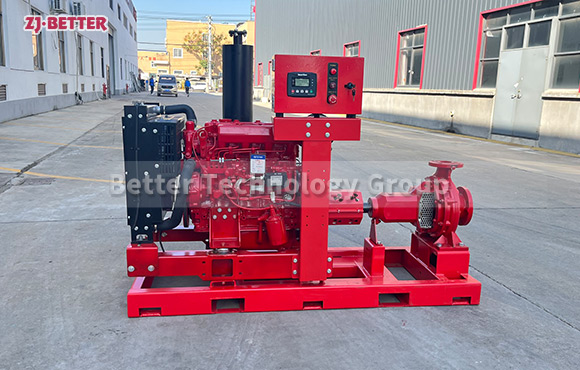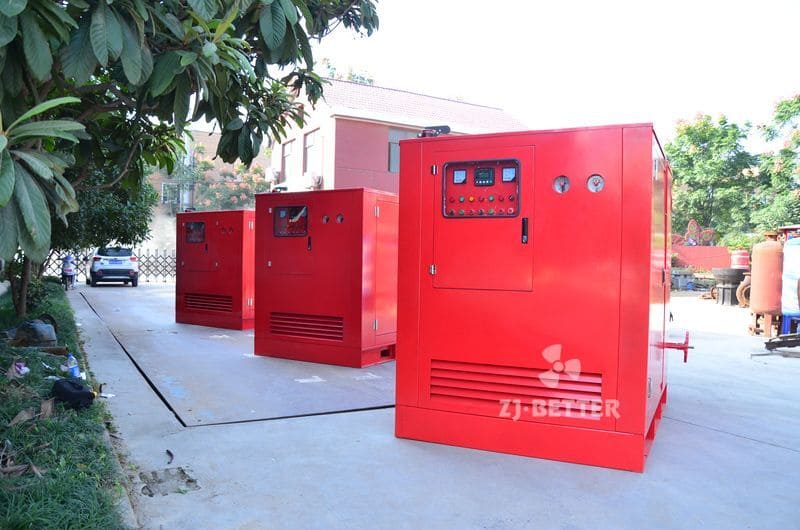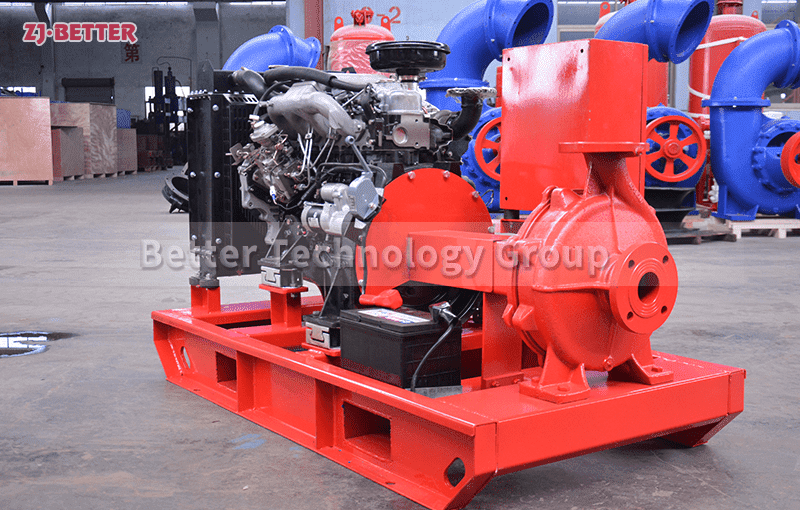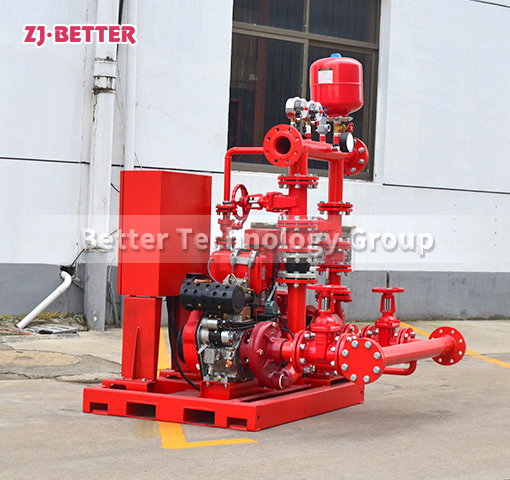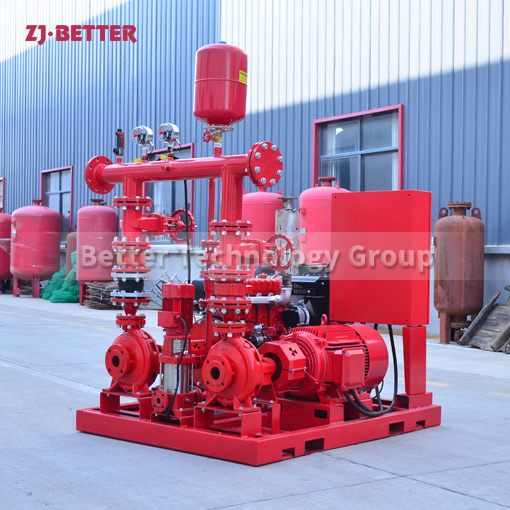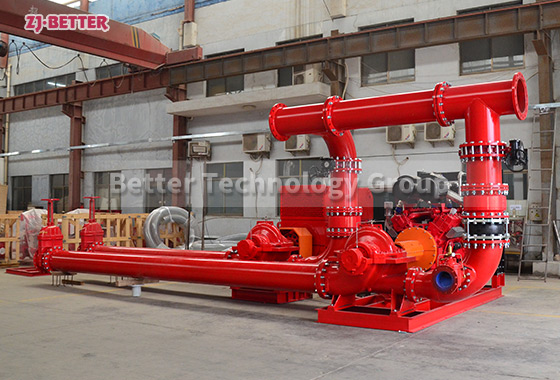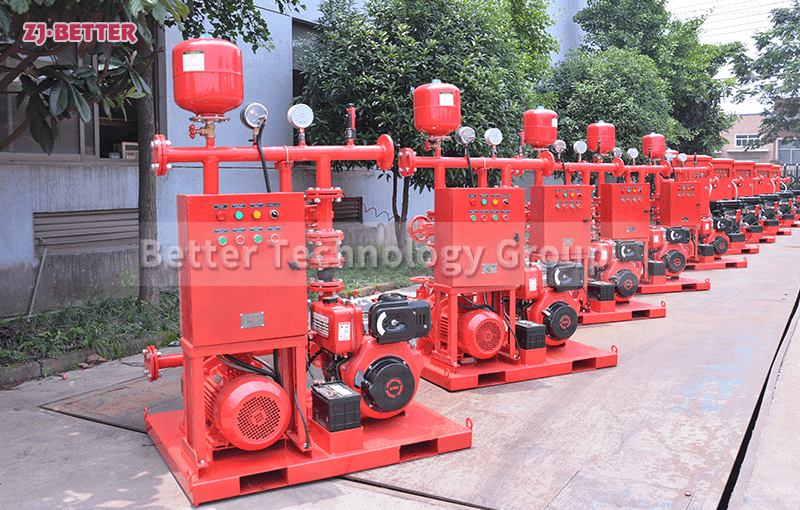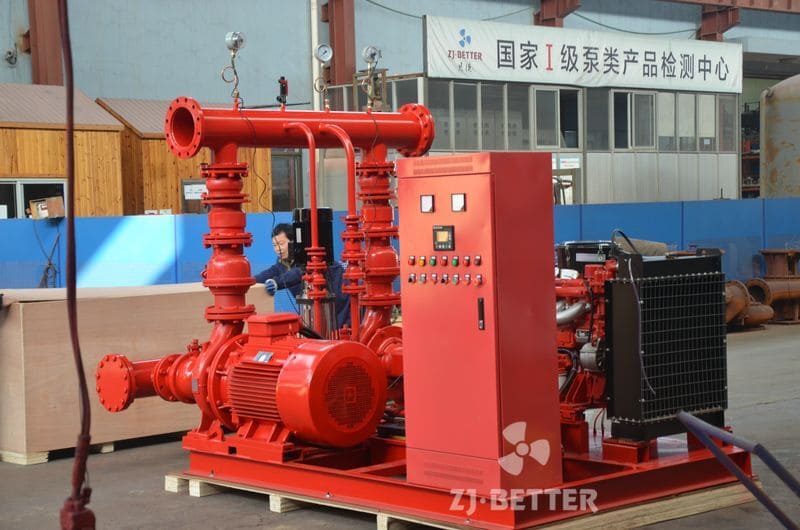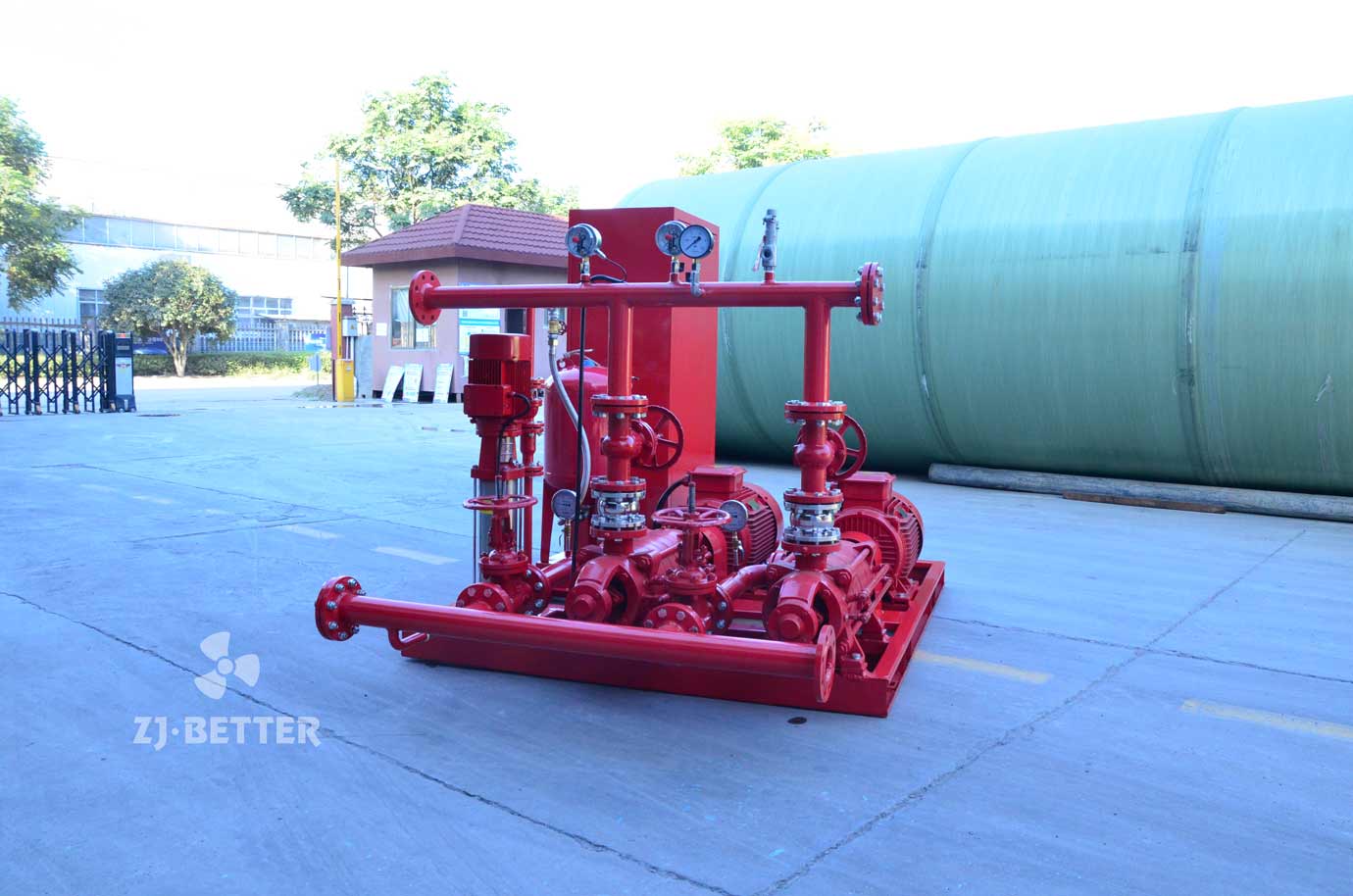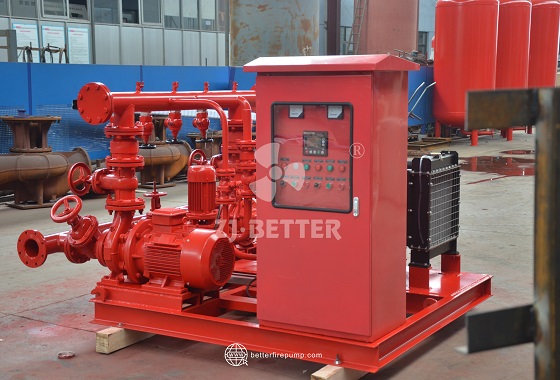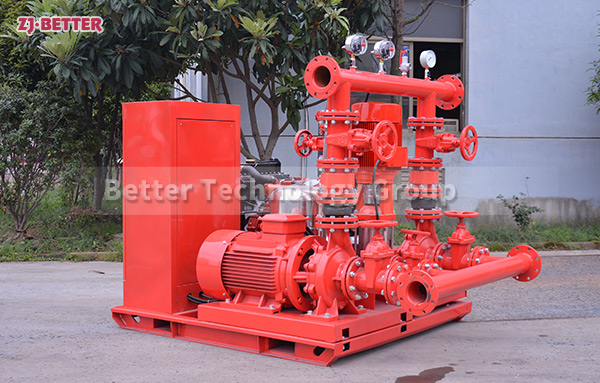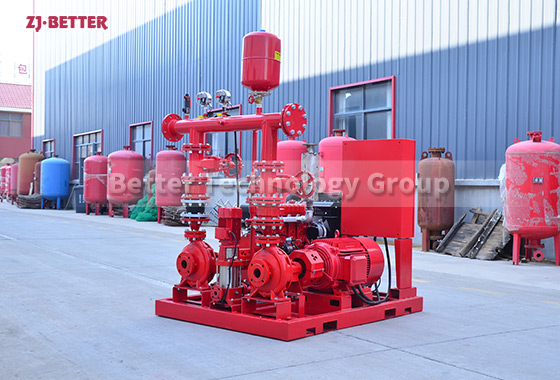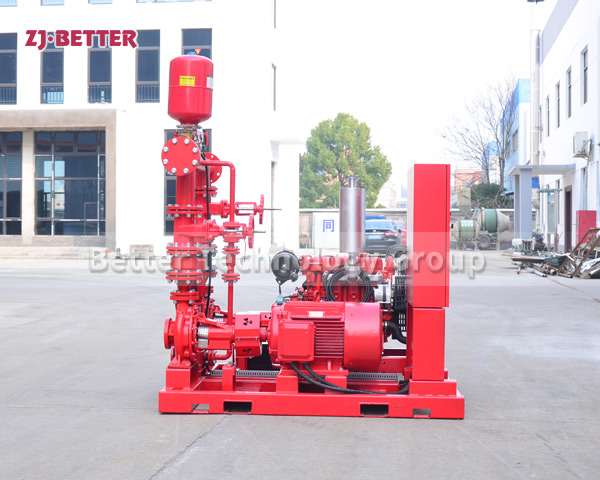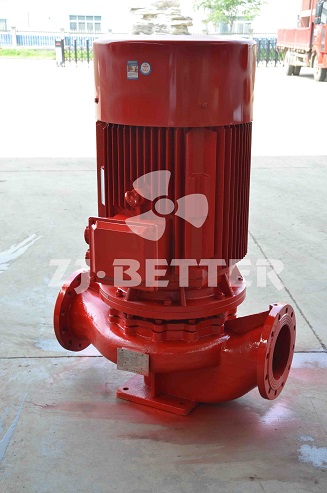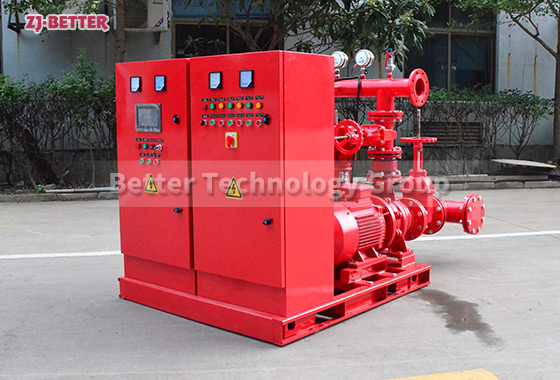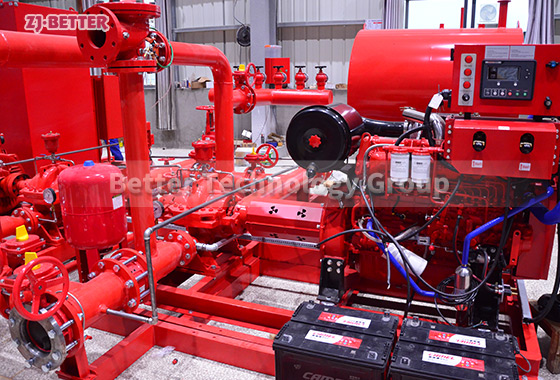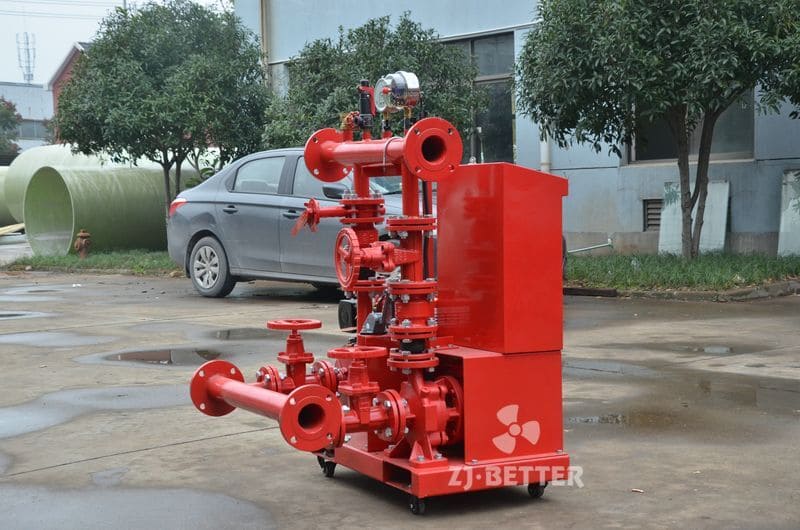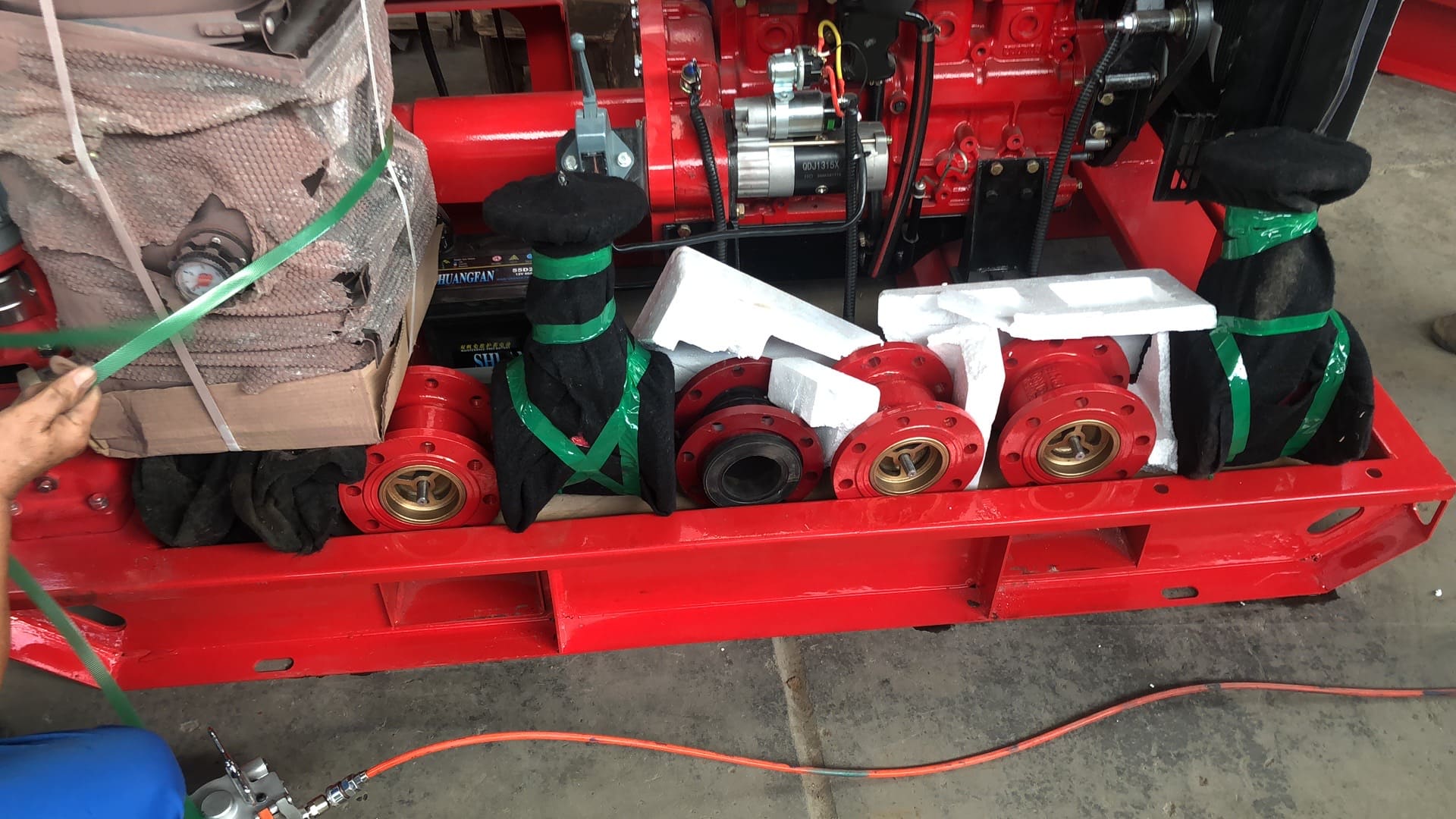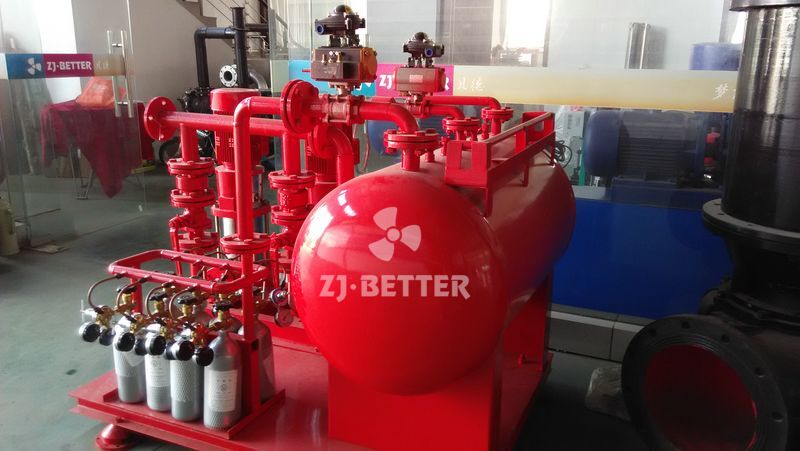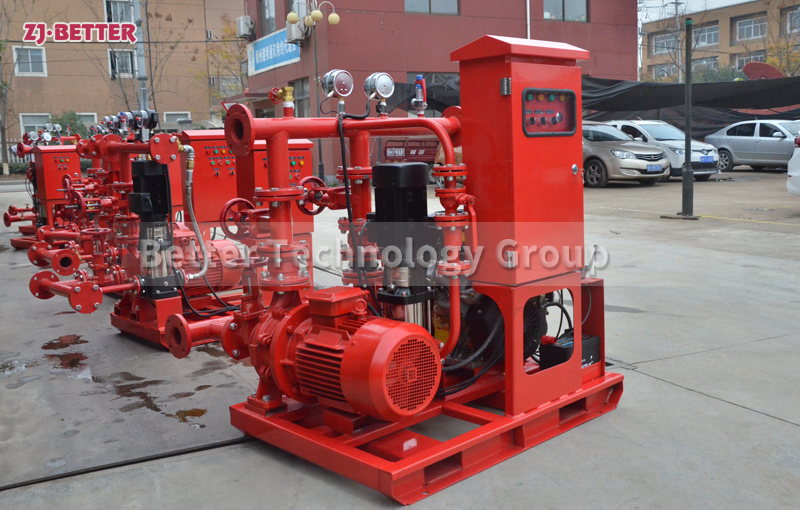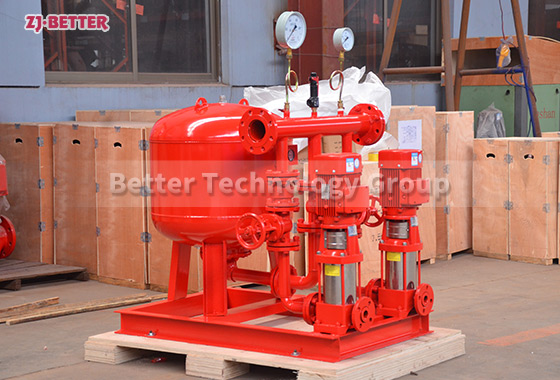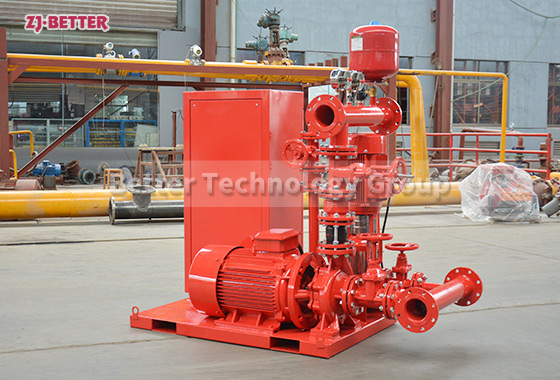Home » Fire Pump Set » What is the Impact of Water Hammer on Fire Pump Performance?
What is the Impact of Water Hammer on Fire Pump Performance?
What is Water Hammer?
A sudden increase in water pressure caused by rapid valve closure or pump shutdown, leading to:
Pipe vibrations and damage.
Pressure surges that can exceed system limits.
Component wear and potential pump failure.
Prevention Methods:
Use slow-closing valves to prevent sudden pressure changes.
Install surge arrestors or expansion tanks to absorb pressure spikes.
Ensure proper pump start/stop sequences to reduce shock loads.
Contact US
Get Price
Share:
Content
What is Water Hammer?
A sudden increase in water pressure caused by rapid valve closure or pump shutdown, leading to:
- Pipe vibrations and damage.
- Pressure surges that can exceed system limits.
- Component wear and potential pump failure.
Prevention Methods:
- Use slow-closing valves to prevent sudden pressure changes.
- Install surge arrestors or expansion tanks to absorb pressure spikes.
- Ensure proper pump start/stop sequences to reduce shock loads.
Inquiry
More Fire Pump Set

